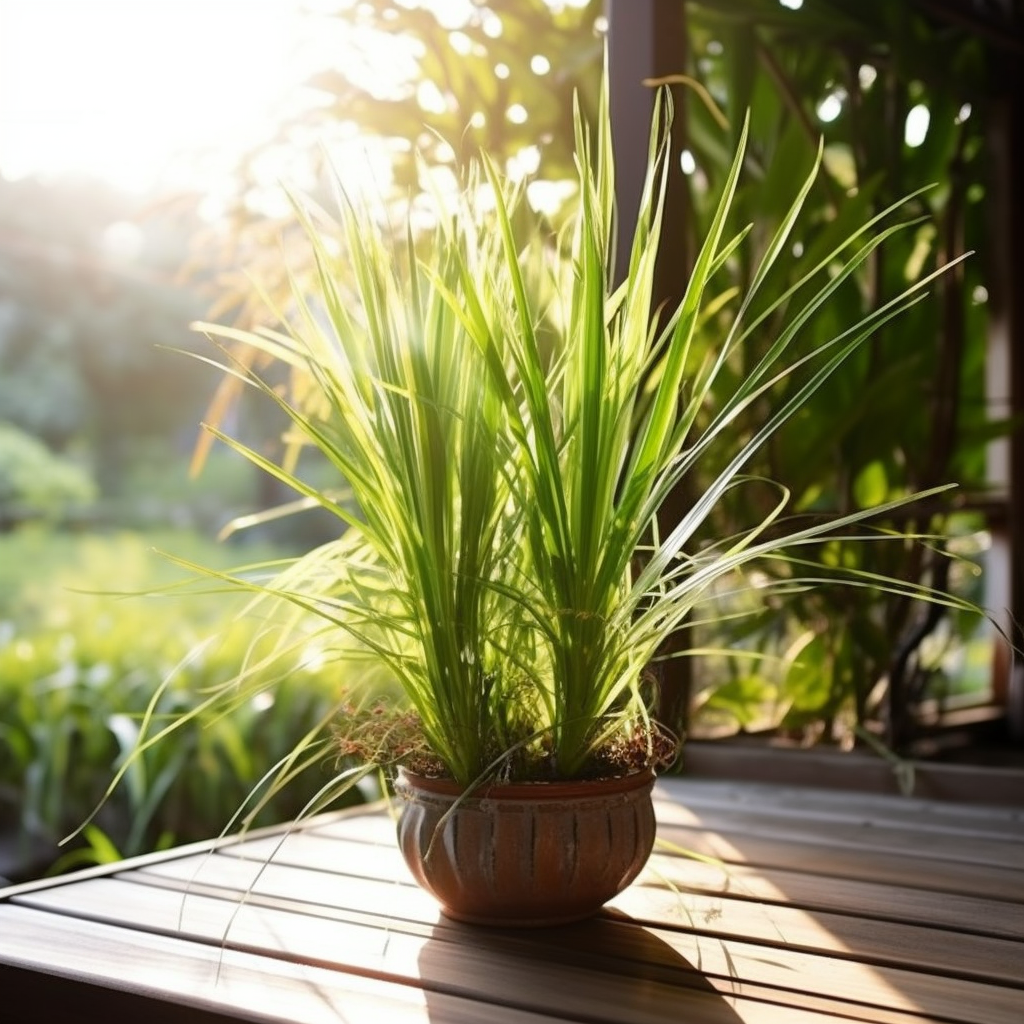Story of Day :
Contents
The Pandan Plant: A Complete Guide and Care Tips
Gardening enthusiasts are always on the lookout for plants that can add beauty and diversity to their garden. One such plant that’s gaining popularity among gardening enthusiasts is the pandan plant. Known for its unique aroma, versatility, and easy care, this tropical plant has been used in various cuisines around the world.
What is a Pandan Plant?
The pandan plant (Pandanus amaryllifolius) belongs to the family of Pandanaceae. It is a perennial herbaceous shrub native to Southeast Asia, particularly in Malaysia, Thailand, Indonesia, Sri Lanka, and the Philippines.
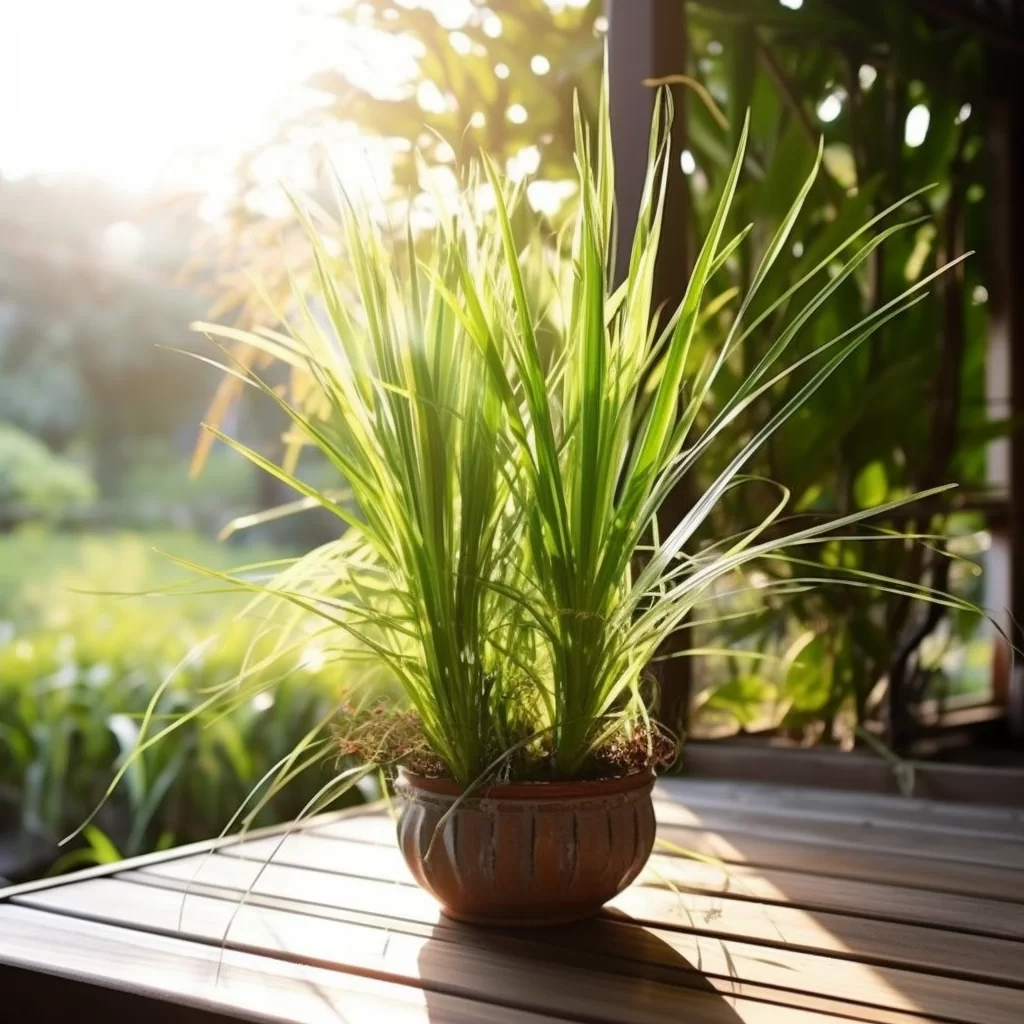
The leaves of this plant can grow up to 50 cm long with a width of 4 cm. They are narrow and blade-like with pointed tips that grow in clusters at the end of branches.
What sets this plant apart from others is its unique aromatic fragrance that resembles vanilla or almond. This aroma comes from volatile compounds present in its leaves known as 2-acetyl-1-pyrroline (2AP). These aromatic compounds make it an essential ingredient in many Southeast Asian dishes like rice cakes and desserts.
Care Tips for Growing Pandan Plants
- Climate: The pandan plant thrives well under warm tropical conditions with high humidity levels. It grows best between temperatures ranging from 25°C -35°C (77°F -95°F).
- Sunlight: It prefers partial shade or filtered sunlight instead of direct sunlight since direct sun exposure may burn its leaves.
- Soil Type: The pandan plant requires well-draining soil rich in organic matter like compost or manure.
- Watering: It needs frequent watering to keep the soil moist but not waterlogged, as it can cause root rot. Water your plant regularly, especially during hot and dry spells.
- Fertilizers: Fertilize your pandan plant every three months with a balanced fertilizer rich in nitrogen, phosphorus, and potassium.
- Potting: You can grow pandan plants in containers as long as they have ample drainage holes at the bottom to avoid waterlogging. Use a container with good airflow that’s wide enough to accommodate its wide-spreading roots.
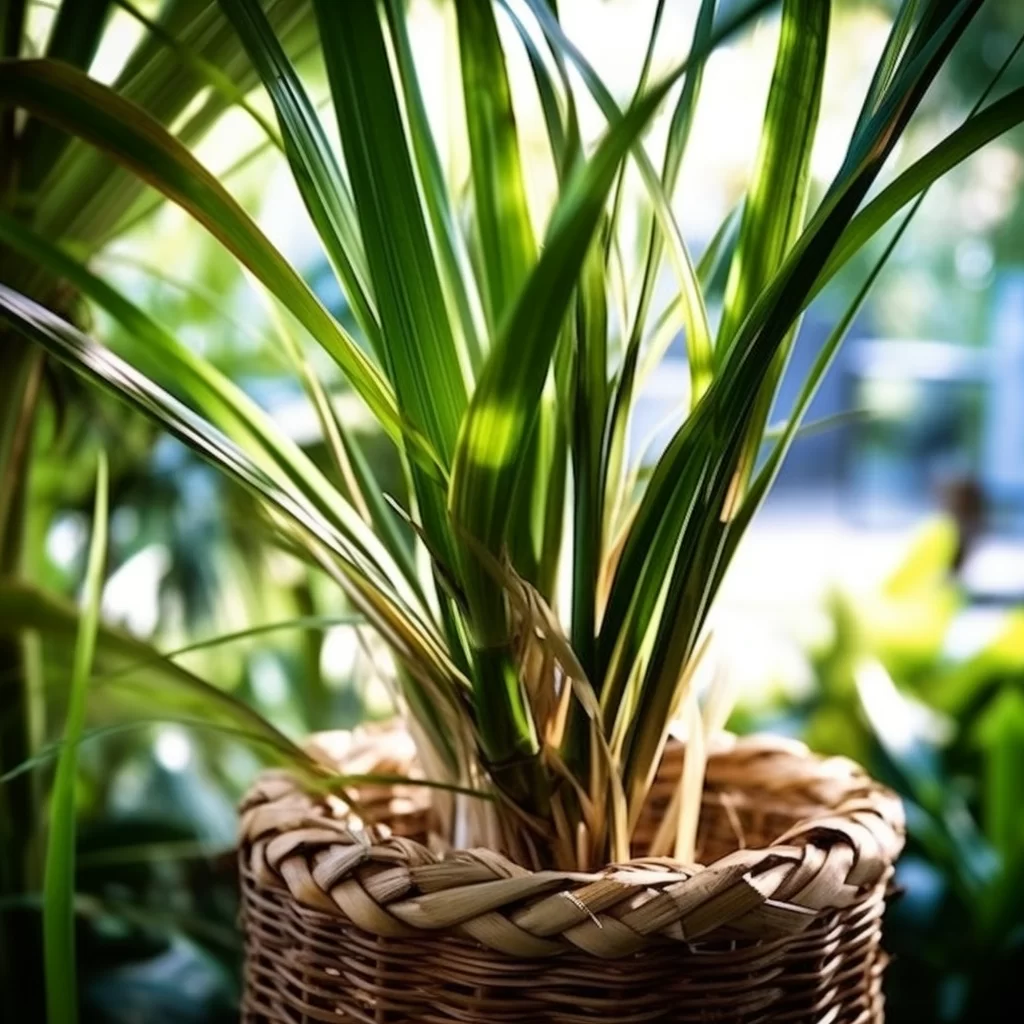
Benefits of Pandan Plants
The pandan plant is not only known for its unique aroma but also for its many health benefits:
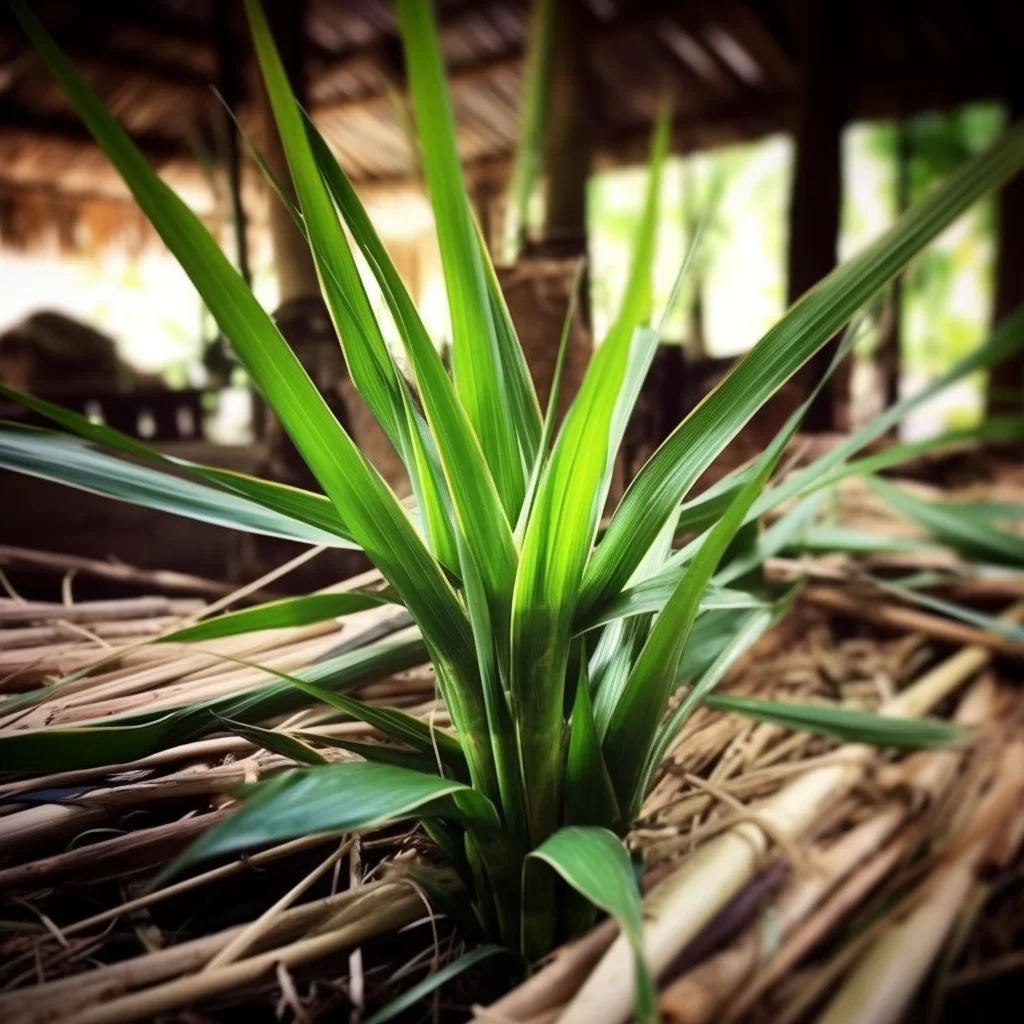
- Natural Insect Repellent: Pandan leaves contain volatile oils that repel insects like mosquitoes and cockroaches when used topically or burned as incense sticks.
- Aids Digestion:The leaves of this plant are high in dietary fiber which aids digestion by reducing constipation and bloating symptoms; it also helps lower cholesterol levels due to the presence of γ-oryzanol compound.
- Treats Skin Conditions: The juice extracted from crushed pandan leaves provides relief from skin itching and inflammation related conditions like eczema. The leaf extract is also added to bathwater for a relaxing effect on the skin’s surface.
- Culinary Applications: Pandan Leaves are used extensively in Southeast Asian cuisine because of their aroma-enhancing properties when infused into coconut milk-based dishes such as rice cakes , desserts and curries.
Conclusion
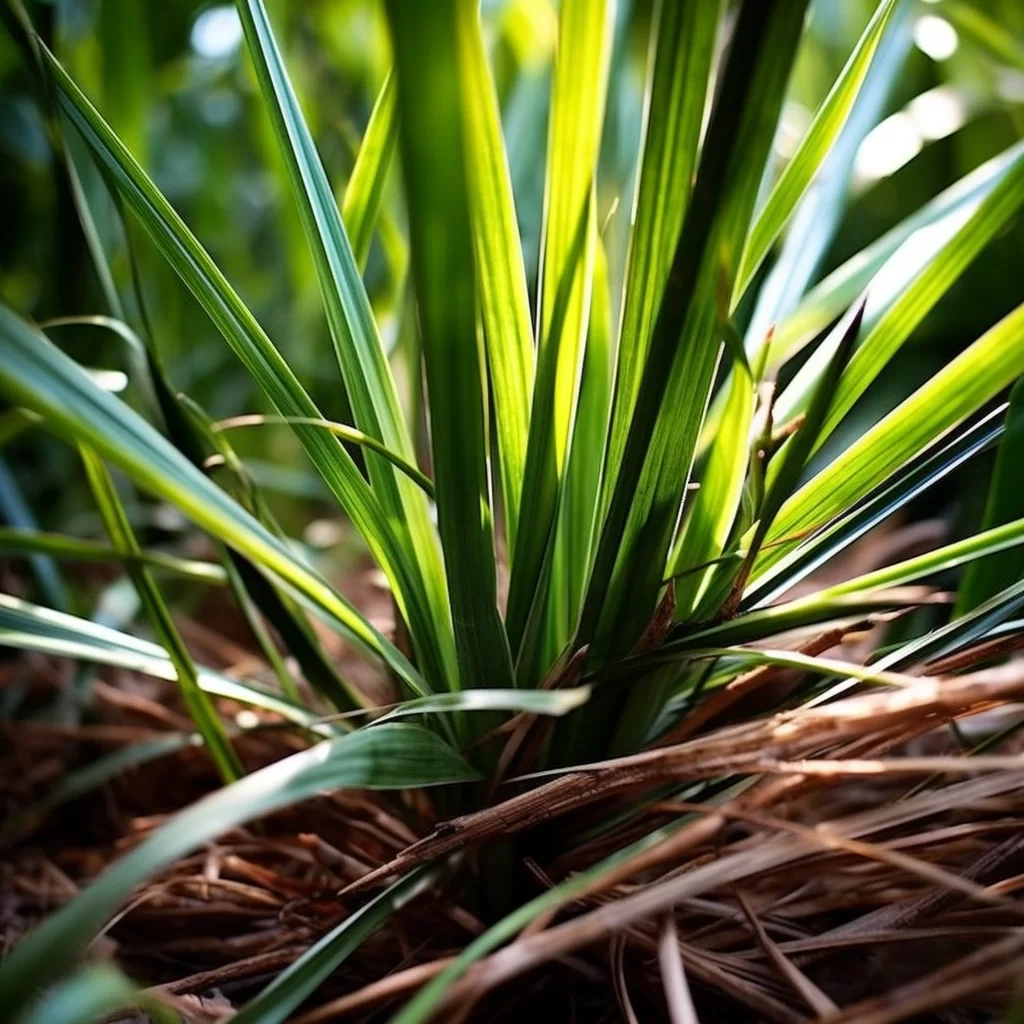
The pandan plant is an excellent addition to any garden due to its unique aroma, easy maintenance, and health benefits. Its versatile nature makes it ideal for culinary applications as well as natural insect repellent and skin conditions treatment.
By following the care tips mentioned above, you can grow this tropical plant in your garden or even in a container on your balcony with relative ease. With its many benefits and uses, the pandan plant is a must-have for any gardening enthusiast looking to add variety to their collection of plants.
